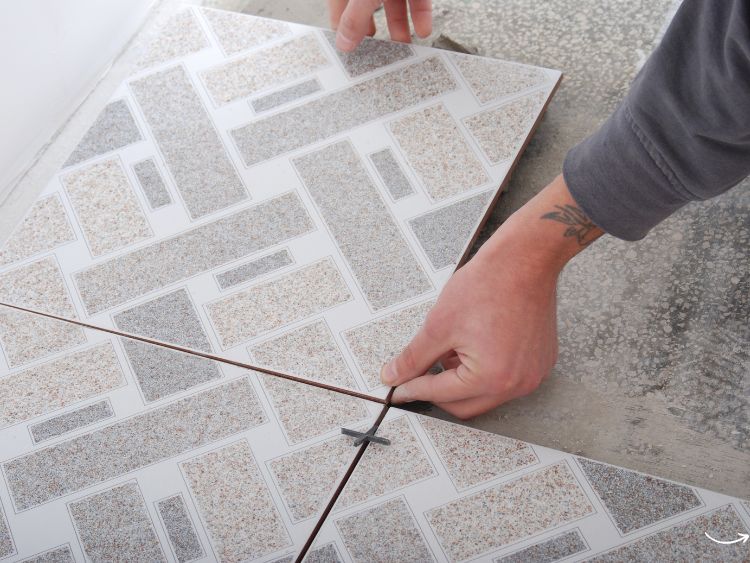Here are 5 tips to trim trees correctly
Beautiful gardens are incomplete without trim trees correctly. Trees are essential for creating oxygen, reducing carbon in the air, encouraging healthy air circulation and stabilizing soil health. You can also enjoy your favorite books while they protect you from the sun’s heat.
Now, go through your garden and take a look at the trees. Do they have damaged branches and diseased stems? Are they experiencing too much growth or are they becoming too dense? Do they have trouble maintaining their good health?
What is Tree Trimming?
Tree trimming involves removing any branches, flowers or stems that are not necessary. However, trimming isn’t just about aesthetics or style. Trimming can help manage the growth of trees and woody plants, decrease the incidence of dead stems or branches, and encourages new foliage and flower blossoms.
Five Easy Tree Trimming Tips
Tree trimming can be difficult. These tree trimming tips will make the task easier and more efficient.
The Right Gear
Tree trimming can prove to be extremely dangerous for beginners, particularly if the branches are very high. You should go to an arborist shop to get a set climbing gear to help you stay safe while you work.
Tree climbing gear can include the following:
- Arborist-specific helmet
- Arborist-specific rope, harness, and karabiners
- Boots with toe safety Steel
- Gloves made from leather that is cut resistant
- Protect your eyes and ears
- Trousers with double layers and cut resistance
Be sure to check that climbing gear is suitable for tree work. They should be able to handle difficult jobs such as chainsaw use. Every piece of personal protective equipment (PPE), including helmets, pants, boots, gloves and vision and hearing protectors, should be resistant to cuts.
Consider buying spurs or spikes. These boot accessories will make it easier to climb trees and keep you stable while at the top.
Use the right tools
Get the right tools to cut branches. These are some of our next tree trimming and pruning tips. High-quality tools are essential for trimming trees. It is important to make sure that your tools are sharpened and cleaned to the highest standards before you begin pruning.
Here are the essential tools for trimming trees.
- Chainsaws This tool should be used for large branches that cannot be cut down with the basic power tools.
- Pole Saw Attachment A very useful tool for tree trimming. It works well with all sizes of trees. This attachment, which looks like a chainsaw, allows you to reach the most distant branches and trim them efficiently.
- Loppers These resemble giant pliers and can cut down small branches of woody shrubs. You will find them with longer handles to make it easier to reach.
- The hand pruners are similar to pliers. This can be used for small branches and woody shrubs.
After you’ve got the right attire for tree work, and you’re equipped with the correct materials, it’s time to get started with the actual trimming.
Learn what needs to be done
Less is more when trimming trees. This means that you should not be reckless or aggressive when trimming trees. It is important to consider what you are trimming before you do. Although it is simple to cut branches, it’s difficult to put them together again.
Here are some items you might need for your trees to be removed:
- Diseased, Broken, Dying, Dying Branches. They should be removed as soon and as often as possible. This will ensure that the tree does not waste energy and nutrients by being dead or dying. Doing so will stop disease spreading to other healthy parts.
- Branches Which Grow Inwardly and Downwardly Or Cross: It is possible for branches to cross and grow inward, which can lead to injuries and infections. However, branches that grow inward or downward can be contaminated especially if they reach the ground. It’s therefore important to trim the branches as soon possible.
- Suckers and Water Sprouts – Suckers drain energy, water, nutrients, and other resources from trees. You should trim them as close as possible to the source. Water sprouts are shoots which grow to the top of trees’ main branches. You will see a better development of your shape if you remove them.
- Young and Old Trees: Tending young trees encourages better tree shape and structure. While trimming older trees opens up the possibility for healthy new branches to grow,
What is the best time for trimming trees?
You can remove dead, dying, broken or diseased parts immediately. This is a completely different topic if you want to trim the tree to improve its shape and size. If this is true, then you might be wondering when the best time is to trim trees. This is a basic guideline that will help you to understand when trees should be trimmed for aesthetic purposes.
- Early Spring It’s best to cut summer-flowering branches to allow them to concentrate on cutting new parts. You can also avoid pruning newly-blossomed flowerbuds. Jacaranda and Desert Willow are summer-flowering plants.
- Before Spring growth:This season is the best to cut down fruit-bearing tree to let light reach the crown and promote better fruit production.
- After Spring:Wait to see if woody shrubs have started to flower since the previous season (oldwood). If you wait enough, you can take out newly-grown branches which may bear flowers the next season.
Follow Basic Trimming Techniques
You may be able to tell what and when to trim. But do you know how to trim trees correctly? These basic tips and techniques will help you understand tree trimming.
- Before cutting, ensure that you locate the collar on the branch to avoid calluses.
- Cut branches at a down angle to avoid dirt and moisture accumulation on the area being trimmed, which could lead to rotting.
- Do not trim branches growing upward. Otherwise, dirt and moisture can settle on the wound and cause rotting.
- Avoid trimming branches too much to stop calluses from growing in the area around the wound.


